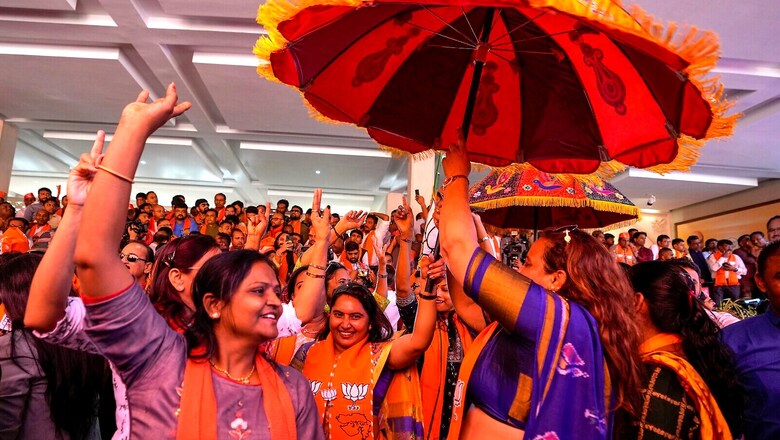
views
A saffron tsunami swept Gujarat, obliterating dividing lines of region and caste, urban and rural, gender and class. The full-throated, open-hearted, no-holds-barred endorsement of the BJP’s double-engine sarkar renders Prime Minister Narendra Modi stronger than ever, and raises the bar for all future elections.
The mind-boggling majority in Gujarat (87 per cent) has overshadowed the BJP’s worse-than-expected performance in Himachal Pradesh, where it failed to buck the trend of alternating governments. Coming in the wake of a narrow defeat in the Delhi municipal polls, the Himachal election results have underlined the need to beef up state-level leadership.
What renders the BJP’s seventh consecutive victory in Gujarat even more stunning is the fact that it comes in the wake of a year of unrest among government servants, tribals, and farmers, as well as widespread outrage over the Morbi bridge collapse that claimed 135 lives. There was no dearth of contentious issues, be it a ‘soft approach’ to the Bilkis Bano case convicts, alleged irregularities in government recruitment, or the high cost of electricity. Against all these odds, the BJP not only took Saurashtra back from the Congress, but stormed its tribal stronghold.
The outcomes in Gujarat have established beyond doubt the strategic advantage of changing faces, be it chief ministers, ministers, or MLAs, so as to beat anti-incumbency. The CM was replaced last year, as were several ministers, and 40 first-time nominees were fielded.
Along with smart expectation management, that is, rewarding loyal workers, the BJP undertook smart ticket distribution. For example, the BJP won the Morbi seat by fielding former MLA Amrutiya Kantilal, who had helped to rescue victims of the bridge tragedy.
The slew of development projects announced throughout the year also helped the BJP. In the course of the campaign, the party played to its strengths: vikas (development), a good track record in law and order, the Ram Mandir, and Gujarati pride.
By contrast, the Aam Aadmi Party’s high-profile campaign turned out to be ‘full of sound and fury, signifying nothing’. Out for a duck in Himachal Pradesh, it managed four seats in Gujarat at the cost of the Congress. And although it displaced the BJP in the municipal elections in Delhi, the margin was much narrower than anticipated.
The fact that AAP’s laundry list of revdis (handouts) made no impact on the electorate speaks to the proudly entrepreneurial and aspirational spirit of Gujarat. Only in Delhi and Punjab – a state known for its freebie culture – has the party managed to translate its populist policies into votes.
The Congress posted its worst-ever performance, thanks in large measure to AAP. The party may be down and out, but the first family is not. Rahul Gandhi, in leaving the state unit to fend for itself and focusing on his Bharat Jodo Yatra, has ensured the party’s humiliation in Gujarat cannot be laid at his door. On the other hand, Priyanka Vadra, who campaigned in Himachal Pradesh before retiring to Mashobra for a much-needed rest, can take credit for the Congress victory in the hill state.
The assembly elections hold lessons for each of the players involved. For the grand old party, it is that passivity doesn’t pay. Waiting in the wings, in the hope that the BJP will somehow self-destruct, is not a sound strategy. So confident was the Congress of an anti-incumbency wave, so convinced that it would cash in on the BJP’s mistakes, that it failed to be proactive. Business-as-usual will not cut it, nor will disruption without a constructive agenda.
AAP needs to introspect on its one-pointed, freebie-centric strategy. Politicians see fiscal responsibility and getting votes as mutually exclusive. Gujarat has shown that this is not necessarily the case; the Modi model is based on empowerment and not on entitlements. Also, AAP’s outlook remains that of an urban party. That may work to Delhi’s advantage, but each state demands a different approach.
For the BJP, it’s time to wake up to the stark dissonance between electoral outcomes at the national and state/local level. The Himachal and Delhi results indicate an over-dependence on the Modi-Shah combine. In both states, as in Gujarat, the BJP won 100 per cent of the Lok Sabha seats in 2019. The difference is that the Gujarat state unit went into overdrive ahead of the polls. Home minister Amit Shah and state party chief CR Patil did the heavy lifting, with spectacular results.
By contrast, in Himachal, rebels sabotaged the BJP’s chances in every third or fourth seat. And in Delhi, the insouciance of four of the party’s seven MPs in overseeing their constituencies was revealed by a subpar performance in the municipal polls.
Granted that Modi’s image is larger than life, but it is absurd and unfair to expect that he will pull the BJP juggernaut on his own.
Bhavdeep Kang is a freelance writer and author of ‘Gurus: Stories of India’s Leading Babas’ and ‘Just Transferred: The Untold Story of Ashok Khemka’. A journalist since 1986, she has written extensively on national politics. The views expressed in this article are those of the author and do not represent the stand of this publication.
Read all the Latest Opinions here










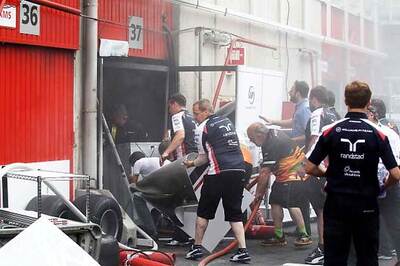



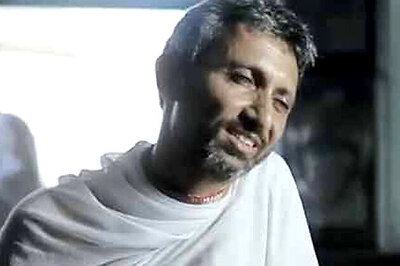

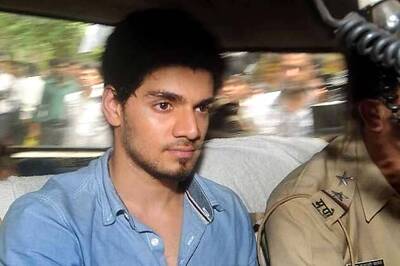
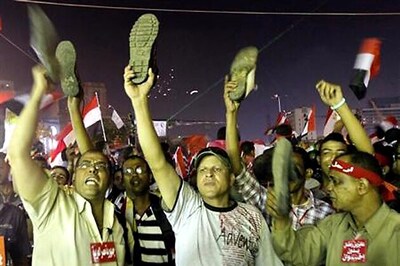

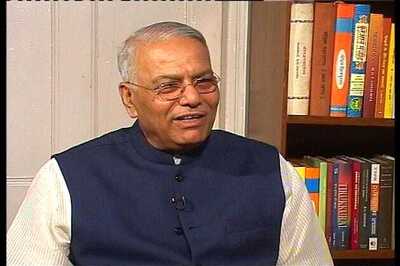
Comments
0 comment